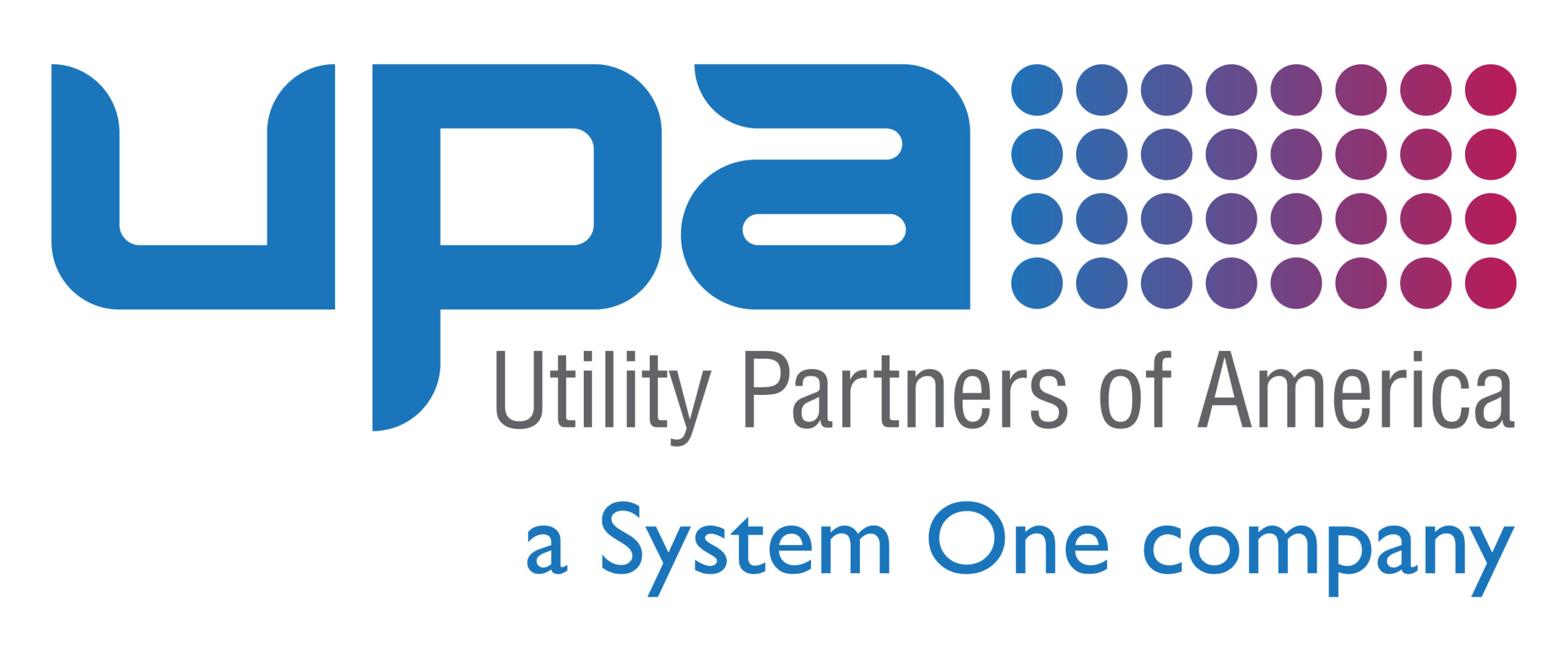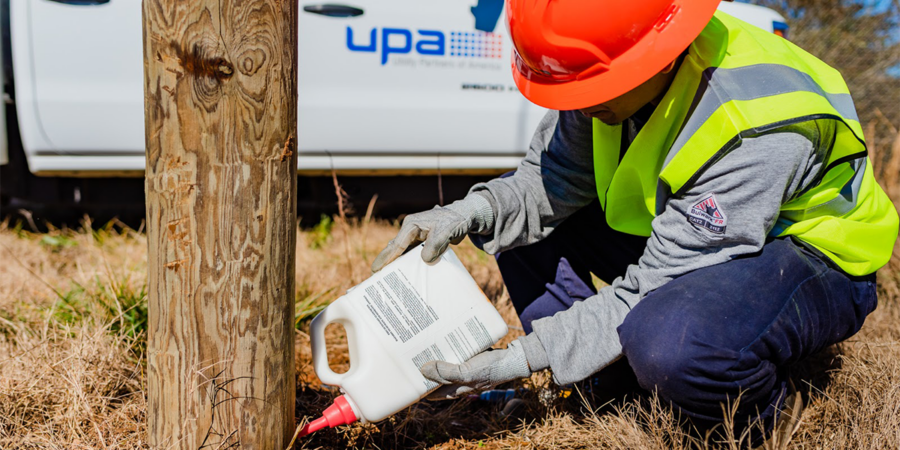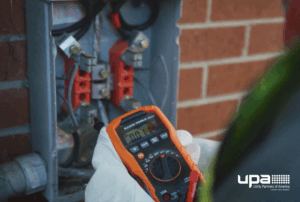Moisture from driving rain, whipping winds, and flash floods are capable of doing a number on material left to the elements. It’s quite a feat that the average lifespan of a utility pole is 30 to 40 years. These wooden beams are critical to the way we operate as a society and serve a litany of purposes. Often housing multiple services like power, telephone, and cable on one pole.
According to Power Grid International, there are between 160 and 180 million wood utility poles in service in this country. Carrying a replacement cost of more than a thousand dollars per unit, some quick math tells us that these poles are among the most valuable assets a utility company owns. With so much money and business on the line (no pun intended), utility pole maintenance should be an essential undertaking. And a top priority. Here’s a quick rundown of a few things you should know about maintaining utility poles.
Preventive maintenance is a must
For most of us, a house or a car is the most expensive asset we’ll ever own. When keeping those things in working order, we practice preventive maintenance to catch little issues before they become big problems. For our cars, we change the oil and check the tire pressure regularly. We clean out the gutters and pressure-wash the siding of our homes. For utility companies, the same premise applies to utility poles.
Depending on where your poles are located, you might consider adding an impenetrable layer to protect your pole from fire damage. These products are generally easy to apply, spraying directly onto the pole with no mixing necessary.
Another hazard that you should protect your pole from is woodpeckers and insects. Again, there are many products on the market that are simple to use and do an excellent job. Safeguarding your assets from pests that wreak havoc on wood is always a good idea. These products are typically epoxy- or urethane-based, with pros and cons for each type.
How to inspect your utility poles
It is vital for every utility company to have a thorough program in place that includes both visual and stability inspections for any utility poles within its service area. While the number of poles you have will dictate the frequency, it’s not unheard of to conduct an inspection at least once per year.
Your inspection should include wind speed tests to check the pole’s durability. Also, excavation beneath ground level to monitor for concerns with insects. Be sure to analyze any divots or holes and add a preservative to extend the longevity of the pole’s life.
When it’s time to replace your utility poles
There are a handful of telltale signs that can inform you when it’s time to replace a utility pole. And fortunately, some of those signs are visible to the eye and easy to spot.
First, the most obvious way to know if you are due to replace a pole is if it’s no longer functioning properly. This could be the result of age or one of the other causes that we’ll talk about next. When a pole is nearing the end of its lifespan, you may notice sagging wires or intermittent outages. If you experience this type of activity for a prolonged period of time, it may be in your best interest to replace the pole.
A utility pole appearing to be excessively dry, chipped or gutted is also an indication that the pole is ripe for replacing. This decay can occur for a variety of reasons, but the most common culprits are environmental damage from severe weather or from insects that have eaten through the pole. Deterioration this serious will not only affect performance but can be hazardous if it ever gets to the point of splintering and collapsing.
Another easily noticeable mark of a utility pole ready for replacement is when it leans excessively. Leaning poles are especially dangerous because they are more prone to snap during wind or rainstorms. They’re also more likely to make contact with greenery or nearby structures, increasing the chances of a fire.
Utility Partners of America has extensive experience inspecting, maintaining, and replacing poles through partnerships with utilities and energy co-ops across the country. If you are interested in learning more about the services we offer, contact us today.




